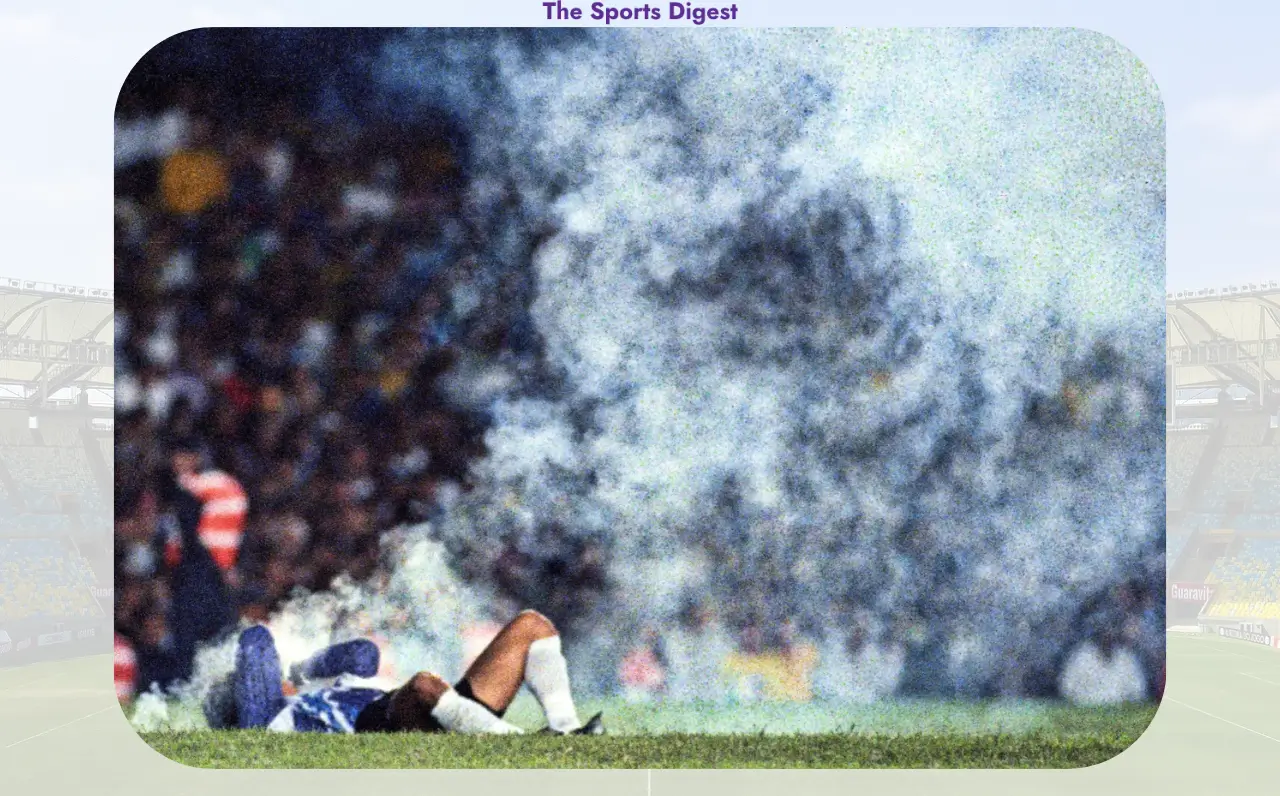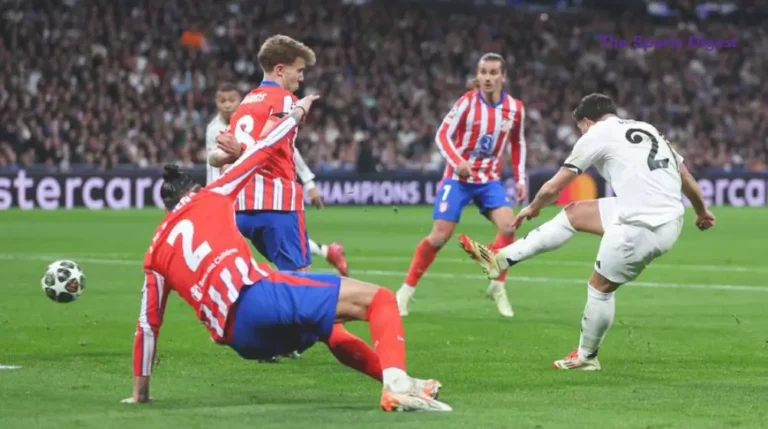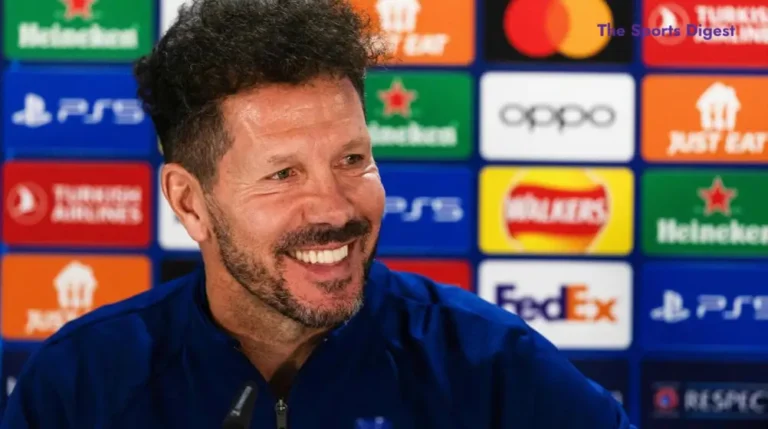The 1989 Chile-Brazil World Cup Qualifier Scandal
Football has long been a stage for the beautiful and the ugly. While the beautiful game showcases extraordinary skill and athleticism, its dark underbelly—the realm of skullduggery—has shaped critical moments in football history. Perhaps no incident better exemplifies this than the 1989 World Cup qualifier between Brazil and Chile, a match that would become infamous not for its goals but for its deception.
Table of Contents
Chile-Brazil: Setting the Stage – The Pressure to Qualify
Brazil entered the 1990 World Cup qualification campaign carrying the weight of tradition on their shoulders. As the only nation to have qualified for every World Cup since the tournament’s inception, maintaining this streak was considered a national imperative. The Seleção’s identity was inextricably linked with the World Cup—to miss out would be unthinkable, a national humiliation.
This pressure was particularly acute following Brazil’s evolution through the 1980s. The talented but ultimately unsuccessful teams of the early decade—those of Zico, Socrates, and Falcao—had given way to a more pragmatic approach. The jogo bonito (beautiful game) was being tempered with tactical discipline, but results hadn’t yet validated this transition.
Chile-Brazil: The Path to Rio – CONMEBOL’s Qualification Group
The qualification format placed Brazil in a three-team group alongside Chile and Venezuela. On paper, this seemed straightforward—Venezuela were considered minnows, leaving Brazil and Chile to battle for the single automatic qualification spot.
As expected, both Brazil and Chile dispatched Venezuela with relative ease in their opening fixtures. Brazil secured a comfortable 4-0 victory at home and a 4-0 win in Caracas, while Chile registered 3-1 and 5-0 victories. The stage was set for a direct qualification showdown between the two South American rivals.
Santiago Showdown: The Contentious First Leg
The first encounter in Santiago crackled with tension even before kickoff. Chilean fans created an intimidating atmosphere, with the stadium enveloped in noise and hostility directed at the Brazilian team.
The match itself quickly descended into controversy. Brazil’s star striker Romario and Chile’s Ormeno were both shown red cards in a fiercely contested first half. Despite playing with ten men, Brazil took the lead and appeared to be heading for a crucial away victory until a controversial late equalizer for Chile. The Brazilian players protested vehemently, claiming the ball hadn’t crossed the line, but the goal stood.
The 1-1 draw meant everything would come down to the return fixture in Rio de Janeiro. Brazil needed only a draw to qualify, while Chile required a victory on Brazilian soil—a formidable task given Brazil’s home record.
Chile-Brazil: The Maracanã – All Eyes on Rio
On September 3, 1989, the Maracanã Stadium in Rio de Janeiro filled with over 140,000 passionate supporters. The stadium, a cathedral of football, had witnessed both Brazil’s greatest triumph (the 1958 World Cup victory) and its greatest heartbreak (the 1950 “Maracanazo” defeat to Uruguay). Now it would host another pivotal moment in Brazilian football history.
Brazil entered the match without the suspended Romario, while Chile were missing their star striker Ivan Zamorano. From the opening whistle, Brazil dominated possession, probing the Chilean defense while being mindful of the counter-attack threat posed by their opponents. The first half ended goalless, with Brazil looking the more likely to break the deadlock.
Chile-Brazil: The Turning Point – A Goal and a Flare
Early in the second half, Brazil finally made their pressure count. Careca, the Napoli striker, found the back of the net to give the hosts a 1-0 lead. The Maracanã erupted, sensing qualification was now all but secured.
What happened next would send shockwaves through international football. Shortly after Brazil’s goal, a flare arced through the Rio night sky, landing on the pitch near the Chilean penalty area. Chilean goalkeeper Roberto Rojas suddenly collapsed to the ground, clutching his face in apparent agony. Blood streamed visibly from a wound on his forehead.
Chaos ensued. Chilean players surrounded their injured teammate, before their captain led them off the field in protest. Despite pleas from Brazilian officials and FIFA representatives, Chile refused to return to complete the match, claiming the safety of their players had been compromised.
Exposing the Deception: The Power of Photography
Almost immediately, suspicions arose. Observers noted that the flare had landed several meters away from Rojas. How could it have caused such a severe injury without direct contact?
The answer came through the lenses of two photographers positioned behind Rojas’s goal. Paulo Teixeira and Ricardo Alfieri had captured the crucial sequence of events. Their photographs clearly showed the flare landing without making contact with the goalkeeper.
FIFA initially awarded the match to Brazil (3-0) due to Chile’s refusal to continue play. But as they examined the photographic evidence, a far more sinister narrative emerged.
Chile-Brazil: The Flare Thrower and the Hidden Blade
The Brazilian fan who threw the flare was quickly identified as Rosenery Mello, a 24-year-old who would gain brief notoriety as “The Fogueteira” (The Flare Girl).
But the real bombshell came when FIFA’s investigation revealed the shocking truth: Rojas had concealed a razor blade in his goalkeeper gloves. After the flare landed nearby, he used this blade to cut himself, creating the bloody wound that justified Chile’s walkout. This wasn’t an impulsive act of deception but a premeditated scheme—Chilean team officials, including the manager and team doctor, were implicated in the plot.
Chile-Brazil: Severe Consequences and Football Justice
FIFA’s response was swift and severe. Chile were not only eliminated from the 1990 World Cup qualification but also banned from participating in the 1994 qualification campaign. Rojas received a lifetime ban from international football (later reduced to five years), as did the team manager and doctor.
The incident joined a pantheon of similar—though less elaborate—episodes where players exaggerated injuries from crowd incidents. From the alleged Coca-Cola can incident involving Borussia Mönchengladbach to the Celtic bottle controversy, football has seen numerous attempts to gain advantage through deception.
Chile-Brazil: The Victory of Truth
The Chile-Brazil incident stands as one of football’s most brazen attempts at manipulation. What makes it remarkable is not just the elaborate nature of the deception but how it was unmasked. Without the quick thinking and strategic positioning of photographers Teixeira and Alfieri, Chile’s skullduggery might have succeeded.
Brazil went on to qualify for Italia ’90, maintaining their perfect World Cup attendance record. However, the tournament would prove disappointing for the Seleção, as they were eliminated by Argentina in the Round of 16.
The 1989 incident serves as a stark reminder that in football, as in life, the truth eventually surfaces. No razor blade, no matter how well concealed, can cut through the integrity of the beautiful game.
Have you ever read an article like this?
There are no reviews yet. Be the first one to write one.






